What type of damage do woodchucks cause?
Woodchucks, also commonly known as groundhogs or whistle pigs, are a type of rodent and ground squirrel (marmot). They are found in the Eastern states of the US and Canada and hibernate up to 3-5 months during the winter months. These small and cute animals pose no threat to humans and have a peaceful nature, however, their dietary and living habits are a noticeable nuisance.
Examples of woodchuck damage include:
Damage from their burrows
Woodchucks are excellent diggers and create impressively long and deep burrows for their homes. They use their burrows to sleep, escape predators, shelter from bad weather, hibernate, and raise their young. Woodchucks are also surprisingly clean and have a separate chamber for excrement. They usually only make one entrance and an additional hole to spy out of to check for predators.Their burrows range in size and depth but can reach up to around 15-25 feet in length and 5 feet in depth. Sadly, their burrows can cause a lot of problems for farmers and homeowners.
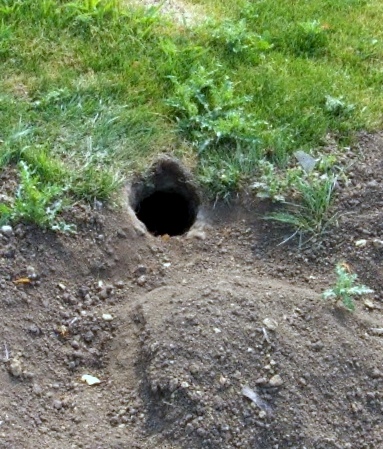
Woodchucks will often create their den burrows in fields or pastures which can weaken the ground and even collapse, causing damage to farming tools, vehicles, and horse riders. Having woodchucks on your land also invites predators such as foxes which will prey on any nearby livestock (most often chickens). Woodchucks also have a heavy diet of herbaceous plants, vegetables, and sweet fruit, meaning there is a high risk of them eating farmers’ produce and cause them to lose out financially. In terms of homeowners, woodchucks can be a nuisance for eating plants and garden vegetables and sometimes more seriously cause structural damage to house foundations. They have also been known to create burrows under sheds, porches, and decking, weakening the ground which runs the risk of them collapsing.There is also the risk that their burrows could disrupt and damage underground power cables, sidewalks, roads, and driveways. However, these are much rarer cases.
Feeding damage
This is a much less serious problem; however, it is still a nuisance for farmers and homeowners with homegrown vegetables and fruit. Woodchucks love leafy and herbaceous plants, vegetables, and sweet fruit and will have no qualms entering your garden and eating the things you’ve put your energy into growing. Their favorite foods include carrots, peas, beans, wild lettuce, tomatoes, sweetcorn, cantaloupe, raspberries, mulberries, peaches, and strawberries.
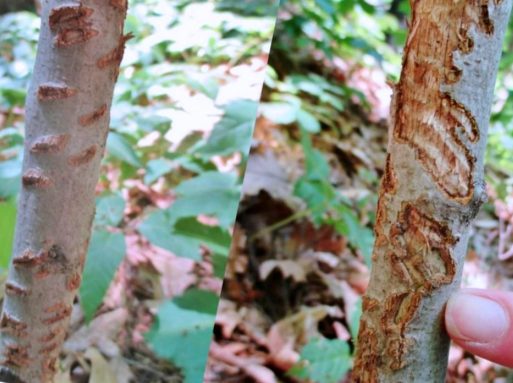
Gnawing damage
Woodchucks belong to the squirrel family and so they must gnaw and bite bark, wood and plant stems to keep their large incisor teeth from growing too big. Again, this is another nuisance for homeowners as they will gnaw and strip the bark and destroy the bases of trees. They have also been known to damage wooden decking and outdoor wooden furniture by gnawing on the sides of them.
Woodchuck repellents
Luckily there are ways to prevent and discourage woodchucks from living on your property.
Fencing
Cheap and easy to obtain, fencing is one of the most effective woodchuck repellents. Set up fencing around your vegetable or fruit patch making sure you place the fencing wire deep into the ground. The fencing will need to be tall and difficult for woodchucks to be able to climb.
Remove attractants
If you are not growing any food but they are still wandering onto your property to eat plants and gnaw, try removing the things they are attracted to. Trim back any plants they may be eating or using for cover, place wire fencing along the bottom of tree trunks, remove piles of wood, and fill in any abandoned burrows with stones or gravel.
Pets
Woodchucks are afraid of dogs and perceive them as predators. This is a more expensive option and not everyone has time and money to take care of one. If you already own a dog let it urinate in the garden or near any areas you want the woodchucks to avoid. The scent of a predator’s urine should discourage them.
Select Your Animal

Raccoons
Raccoon Removal Information & How-To Tips
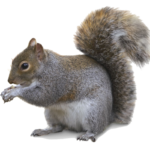
Squirrel
Squirrel Removal Information & How-To Tips
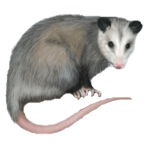
Opossum
Opossum Removal Information & How-To Tips
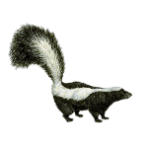
Skunks
Skunks Removal Information & How-To Tips
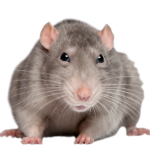
Rats
Rat Removal Information & How-To Tips

Mouse
Mouse Removal Information & How-To Tips
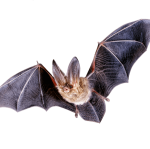
Bat
Bat Removal Information & How-To Tips

Bird
Bird Removal Information & How-To Tips
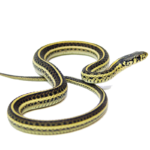
Snake
Snake Removal Information & How-To Tips
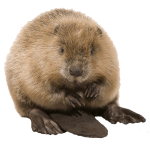
Beaver
Beaver Removal Information & How-To Tips
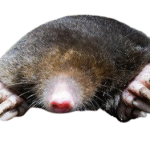
Mole
Mole Removal Information & How-To Tips
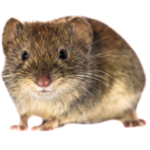
Vole
Vole Removal Information & How-To Tips
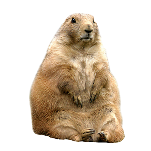
Gopher
Gopher Removal Information & How-To Tips
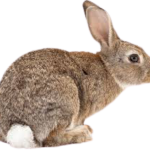
Rabbit
Rabbit Removal Information & How-To Tips
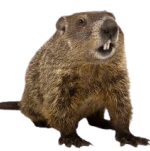
Woodchuck
Woodchuck Removal Information & How-To Tips
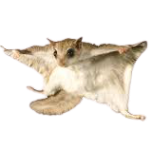
Flying Squirrel
Flying Squirrel Removal Information & How-To Tips
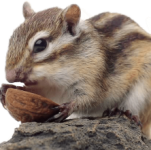
Chipmunk
Chipmunk Removal Information & How-To Tips
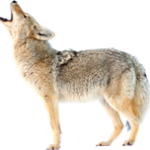
Coyote
Coyote Removal Information & How-To Tips
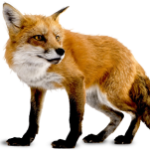
Fox
Fox Removal Information & How-To Tips
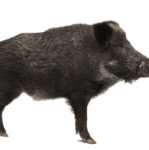
Wild Hog
Wild Hog Removal Information & How-To Tips
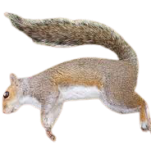
Dead Animal
Dead Animal Removal Information & How-To Tips